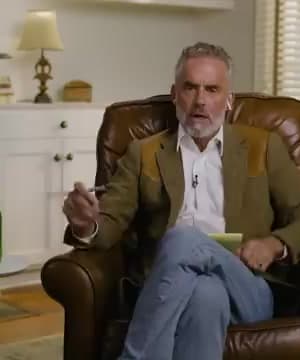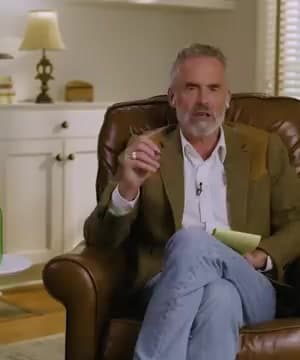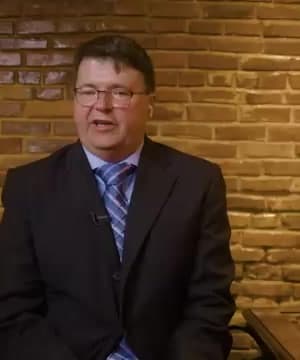Summarize the Episode
Sources:
In , Jordan Peterson talks with , Associate Professor of Microbiology and Immunology, about how the safety culture in Western countries influenced the public response to the pandemic.
Key Points:
-
Safety Culture:
- Dr. Templeton discusses the emergence of a strong safety culture in Western countries where taking risks is often seen as reckless. This contrasts with Nordic countries, which had less authoritarian responses to the pandemic. He attributes these differences to cultural attitudes toward risk and safety 1.
-
Impact of Sanitation:
- While improved sanitation has led to fewer infections, it has also resulted in increased autoimmune diseases and allergies in developed nations. Dr. Templeton explains that reduced exposure to environmental microbes has significant consequences for public health 2.
-
Reversing Safety Culture:
- The discussion explores the difficulties in reversing the entrenched safety culture, which has led to societal changes like diminished community engagement and overprotection of children. Both Peterson and Templeton emphasize fostering independence in children as a critical step 3.
-
Social Media and Community:
- Dr. Templeton highlights the dual nature of social media, noting how it has helped him connect with like-minded individuals and form valuable communities, despite its drawbacks 4.
-
Fear and Germs:
- The episode delves into the human relationship with microbes, where Dr. Templeton criticizes the excessive fear of germs and sanitation obsession. He points out the ubiquity of microbes and the harmful effects of trying to avoid all microbial exposure 5.
-
Pandemic Planning and Safety Culture:
- Dr. Templeton argues that the preexisting safety culture enabled the strict and sometimes irrational pandemic measures. He provides personal anecdotes to illustrate how the illusion of safety often overshadowed real risk assessments 6.
This episode provides a comprehensive look at how cultural attitudes toward risk and safety shaped responses to the pandemic and highlights the broader implications of these attitudes on public health and society.
RELATED QUESTIONS-





